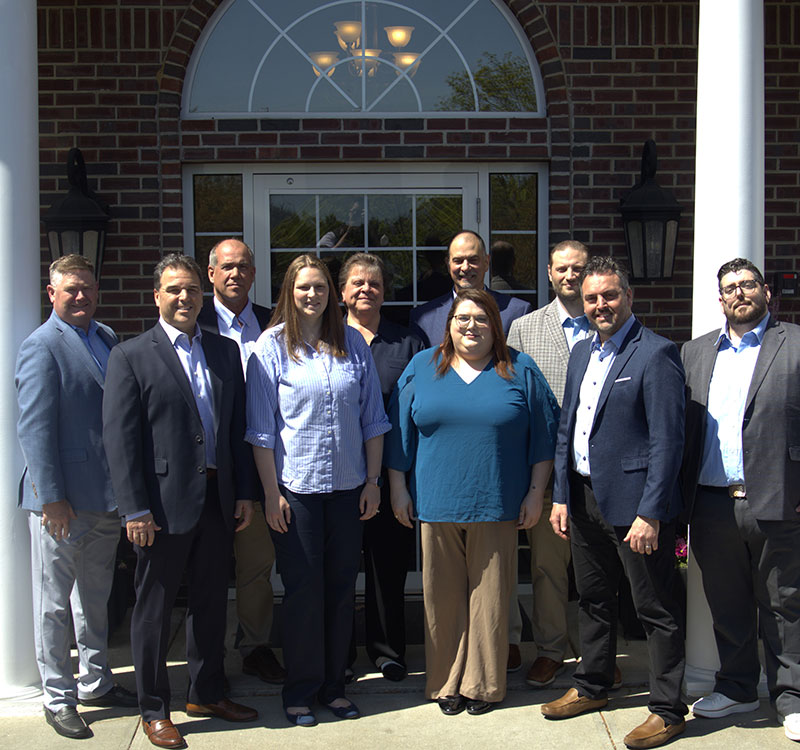Summary
HR Pros: Decode Open Enrollment confusion! Learn what terms like HSA, PPO, and HDHP mean to employees. Includes a downloadable benefits acronym cheat sheet for your staff.
Open enrollment season is here, and for many employees, it can feel like navigating an alphabet soup. While you, as an HR professional, are well-versed in the language of benefits, remember that your team is likely hearing terms like HSA, FSA, PPO, EPO and wondering what it all means for their family’s health and finances.
Below is a chart of commonly used acronyms surrounding open enrollment. Empowering your team with knowledge leads to smarter choices and greater satisfaction. To help you further, we’ve included a downloadable PDF cheat sheet, perfect for sharing directly with your staff.
| Acronym | Definition | Description |
|---|---|---|
| 401(k) | Section 401, subsection (k) of the US Internal Revenue Code | A 401(k) is a retirement savings plan that typically offers tax deferred growth, employer contributions and investment options. |
| ACA | Affordable Care Act | The ACA is a comprehensive health care reform law enacted in March 2010. The ACA has many requirements for employers and their health plans. |
| AD&D | Accidental death and dismemberment | AD&D insurance pays benefits in case of accidental death or serious injury. |
| CDHC | Consumer driven health care | CDHC plans aim to give you more control over health care spending by offering lower premiums and higher deductibles. |
| COBRA | Consolidated Omnibus Budget Reconciliation Act | This federal law requires group health plans to offer continuation coverage to employees, spouses and dependent children when group health coverage would otherwise be lost due to specific events. |
| DCAP | Dependent care assistance program | A DCAP is an employer-sponsored program that helps employees with the cost of dependent care expenses. |
| EAP | Employee assistance program | An EAP is a work-based support service offering confidential counseling and resources for personal or work-related issues. |
| ERISA | Employee Retirement Income Security Act | ERISA is a federal law that establishes minimum standards for most retirement and health plans in the private sector, which are established voluntarily. |
| FMLA | Family and Medical Leave Act | FMLA is a federal law providing eligible employees with unpaid, job-protected leave for certain family and medical reasons. |
| FSA | Flexible spending account | An FSA is a pre-tax account for medical or dependent care expenses. Its funds typically expire at year-end except for a small carryover amount. |
| HDHP | High deductible health plan | HDHPs are qualified health plans that combine very low monthly premiums in exchange for higher deductibles and out-of-pocket limits. |
| HMO | Health maintenance organization | HMOs are health plans with monthly premiums, limited provider networks and required primary care physicians who coordinate your care. Covers services performed solely by in-network providers. It tends to be a lower-cost system, but it is more restrictive than a PPO plan. |
| HRA | Health reimbursement arrangement | HRAs are employer-owned medical savings accounts in which the company deposits pre-tax dollars for each of its covered employees. Employees can then use this account to reimburse qualified health care expenses. |
| HSA | Health savings account | HSAs are employee-owned, pre-tax accounts for medical expenses. They are paired with HDHPs and do not have yearly spending deadlines. |
| LTC | Long-term care | LTC insurance provides coverage for extended care services such as nursing homes or in-home assistance. |
| OOPM | Out-of-pocket maximum | OOPMs are the highest out-of-pocket amount you will pay in a benefit period. |
| PCP | Primary care provider | PCPs are doctors who are selected to coordinate treatment under your health plan. This generally includes family practice physicians, general practitioners, internists and pediatricians. |
| PPO | Preferred provider organizations | PPOs are health plans that offer both in-network and out-of-network benefits. Members must choose one of the in-network providers or facilities to receive the highest level of benefits. It is more flexible than an HMO but is usually more expensive. |
| PTO | Paid time off | PTO is a bank of hours that employees can use for vacation, sick leave or personal time. |
| QLE | Qualifying life event | A QLE is a significant life change that enables employees to modify their benefits outside of the annual open enrollment period. |
| Roth 401(k) | A hybrid between a Roth IRA and a 401(k) | This combines features of a traditional 401(k) with those of a Roth IRA. Similar to a traditional 401(k) feature, employers may offer a Roth 401(k) feature; like a Roth IRA, contributions are made with after-tax dollars. |
| Roth IRA | Roth investment retirement account | This is an individual retirement savings account that allows individuals to contribute after-tax income, with qualified withdrawals being tax-free. You can open a Roth IRA through banks, credit unions, brokerage firms or online investment platforms. |
| SBC | Summary of Benefits and Coverage | An SBC is a short document providing consistent and straightforward information about a health plan’s benefits and coverage. It must be provided free of charge at certain times, such as at open enrollment. |


